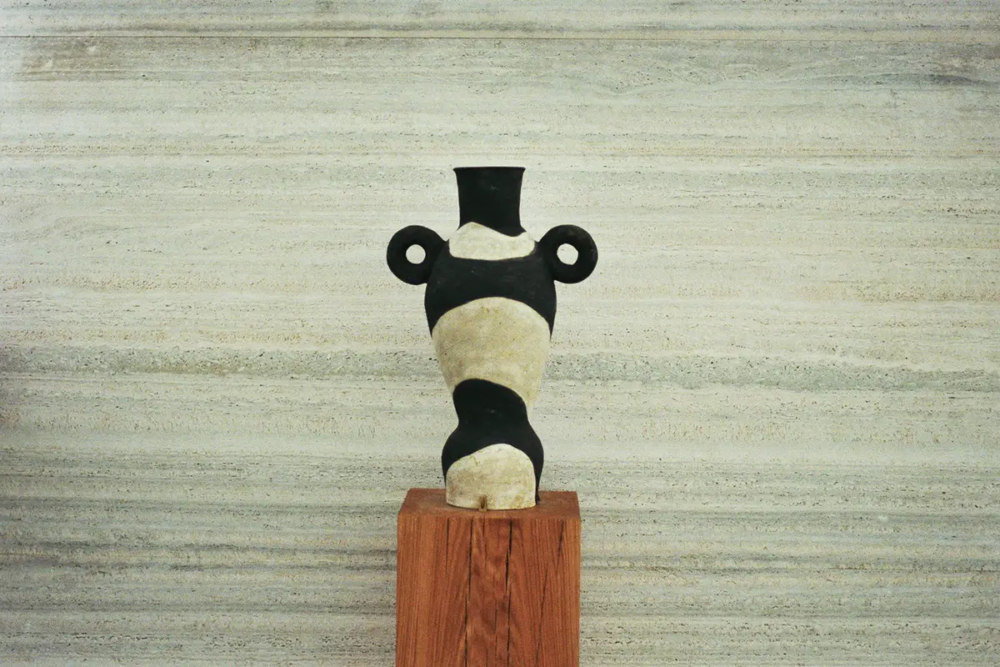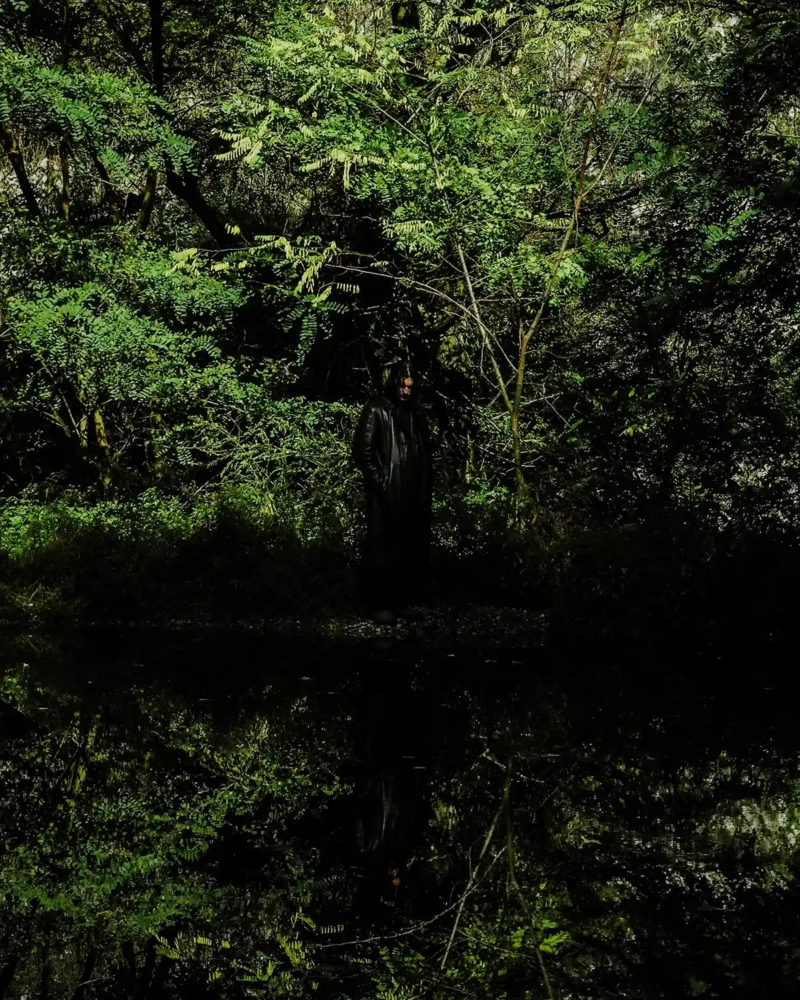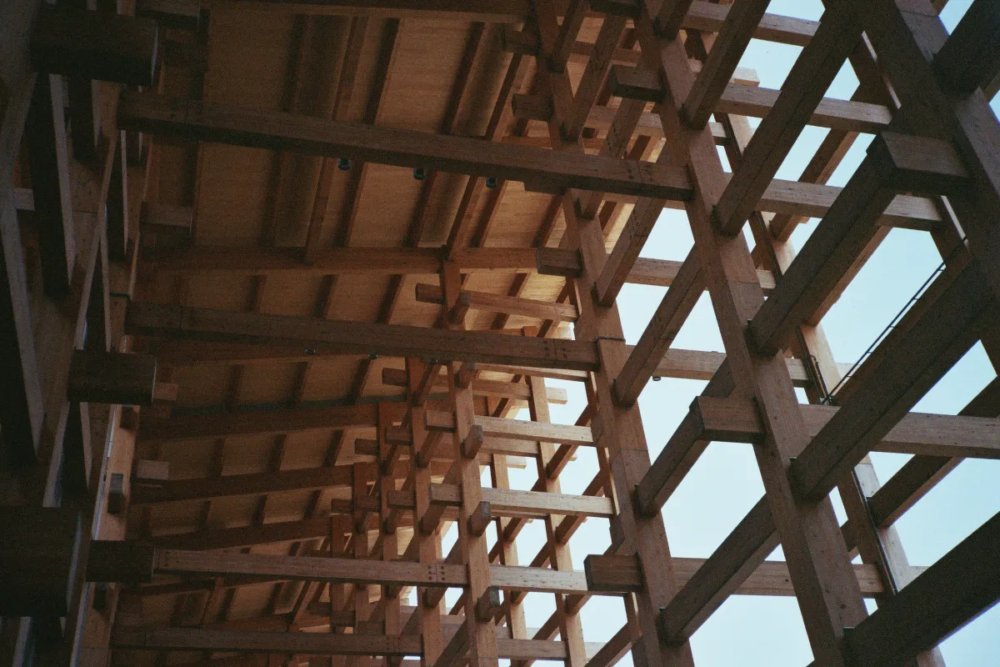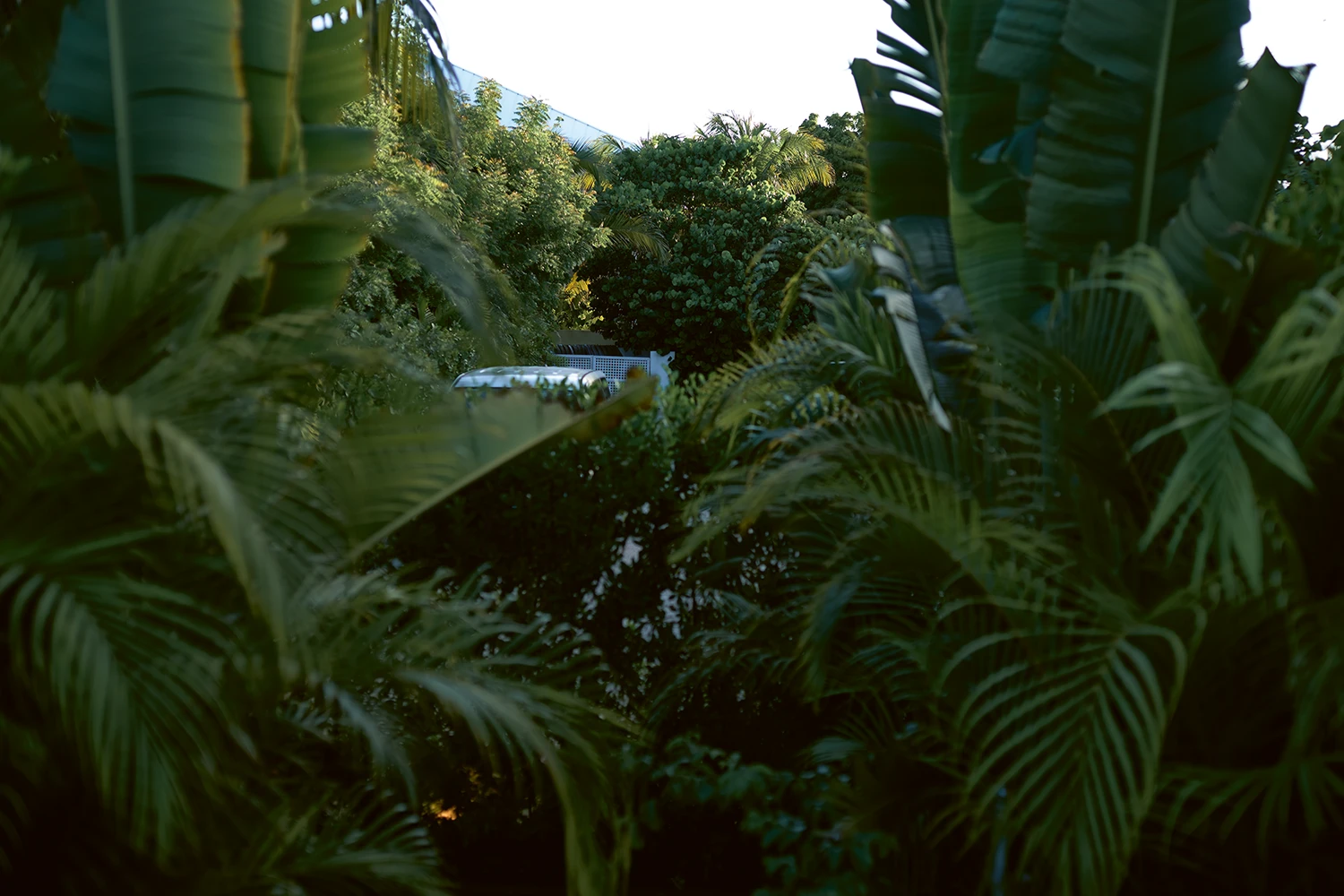
Palm Heights and the Cayman Islands: hospitality as cultural infrastructure
From stratified migration policies to postmodern beach resorts, the Cayman Islands reflect global contrasts. Palm Heights operates as an annotated archive of objects, rituals and temporary alliances
Cayman Islands: shifting grounds beneath pristine waters
Beginning as a minor outpost in the shadow of Jamaica, Grand Cayman, Little Cayman and Cayman Brac evolved over the centuries into a global financial center. British colonization occurred in the Eighteenth to Nineteenth centuries, later administrated via Jamaica until 1962, when the Islands opted to remain a British Overseas Territory. The combined landmass totals a mere two hundred and sixty square kilometers, with a population estimated at approximately eighty-one thousand and five hundred by late 2022, making it the most populous UK Overseas Territory.
For generations Caymanians subsisted through maritime labor—fishing, turtle harvesting, and merchant seafaring—and only in the mid‑Twentieth century did offshore finance and luxury tourism take root. Today services dominate over eighty-five percent of the economy, with tourism and financial sectors forming its twin pillars; GDP per capita ranks among the highest globally.
Between coastline and code: how tax havens reshape island geographies
The islands’ reputation as a tax heaven emerged not by accident but as part of a coordinated transformation. In the Sixties, following Jamaica’s independence, Cayman positioned itself as an offshore jurisdiction, backed by legal infrastructure borrowed from English common law. This legal clarity, combined with political stability and absence of direct taxation, attracted banks, hedge funds and corporate registrars. Over a hundred thousand companies are registered in the Cayman Islands—more than the population itself.
This structural shift impacted not only the economy but also the geography. The coastline became shaped by resorts and private developments, with mangroves cleared to make way for condominiums. The resulting imbalance—between economic visibility and ecological fragility—continues to define the archipelago. The Cayman Islands’ transformation into a global hub has altered the social contract between land, people and governance.
While tourism remains a major sector, its overlap with finance complicates the narrative. Wealthy visitors come not only for beaches, but for anonymity, tax privileges, and investment opportunities. Luxury villas on Seven Mile Beach often function as both leisure homes and offshore asset vehicles. The built environment reflects this duality: polished on the surface, yet resistant to transparency. Beneath the imagery of turquoise water lies a system defined by opacity.
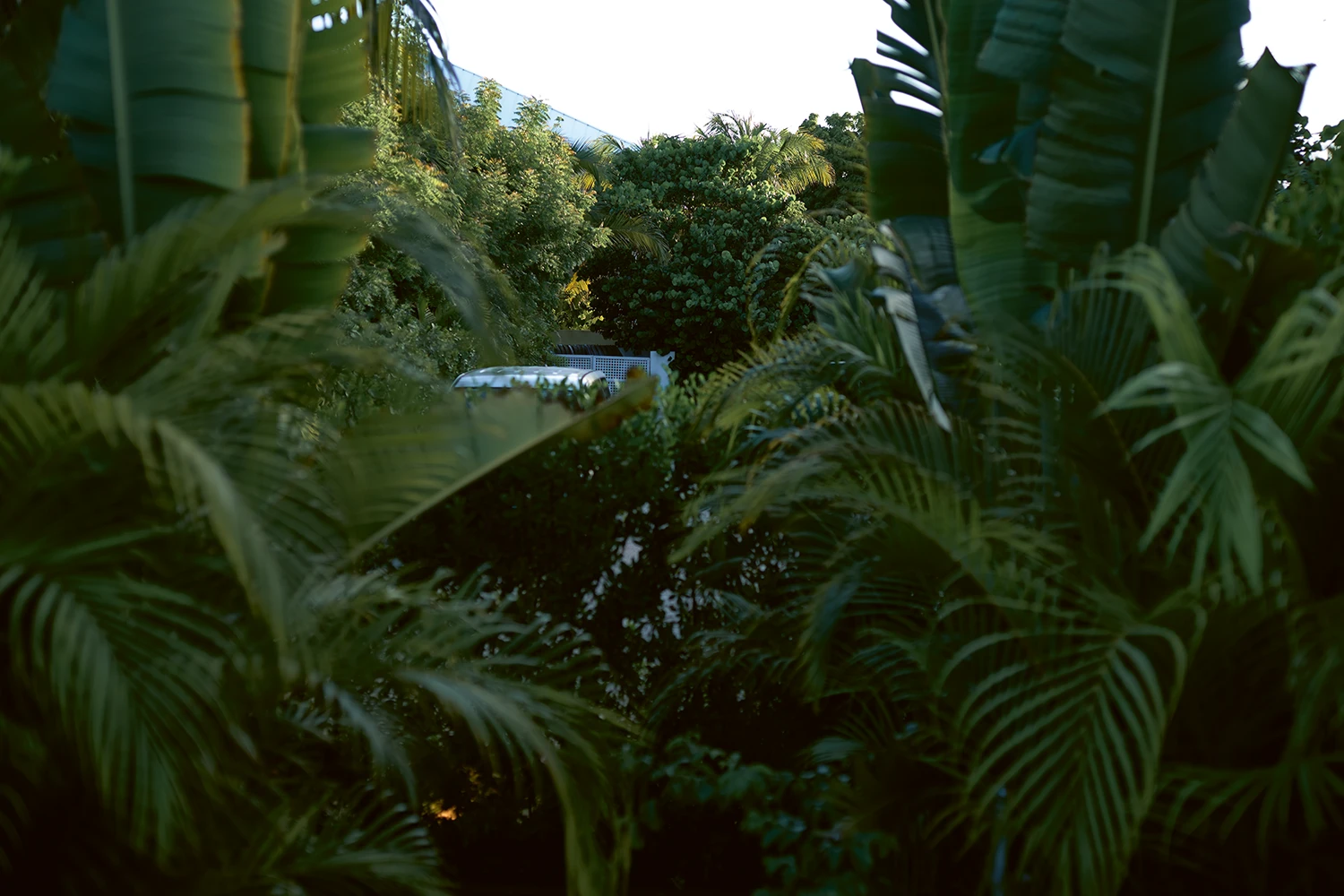
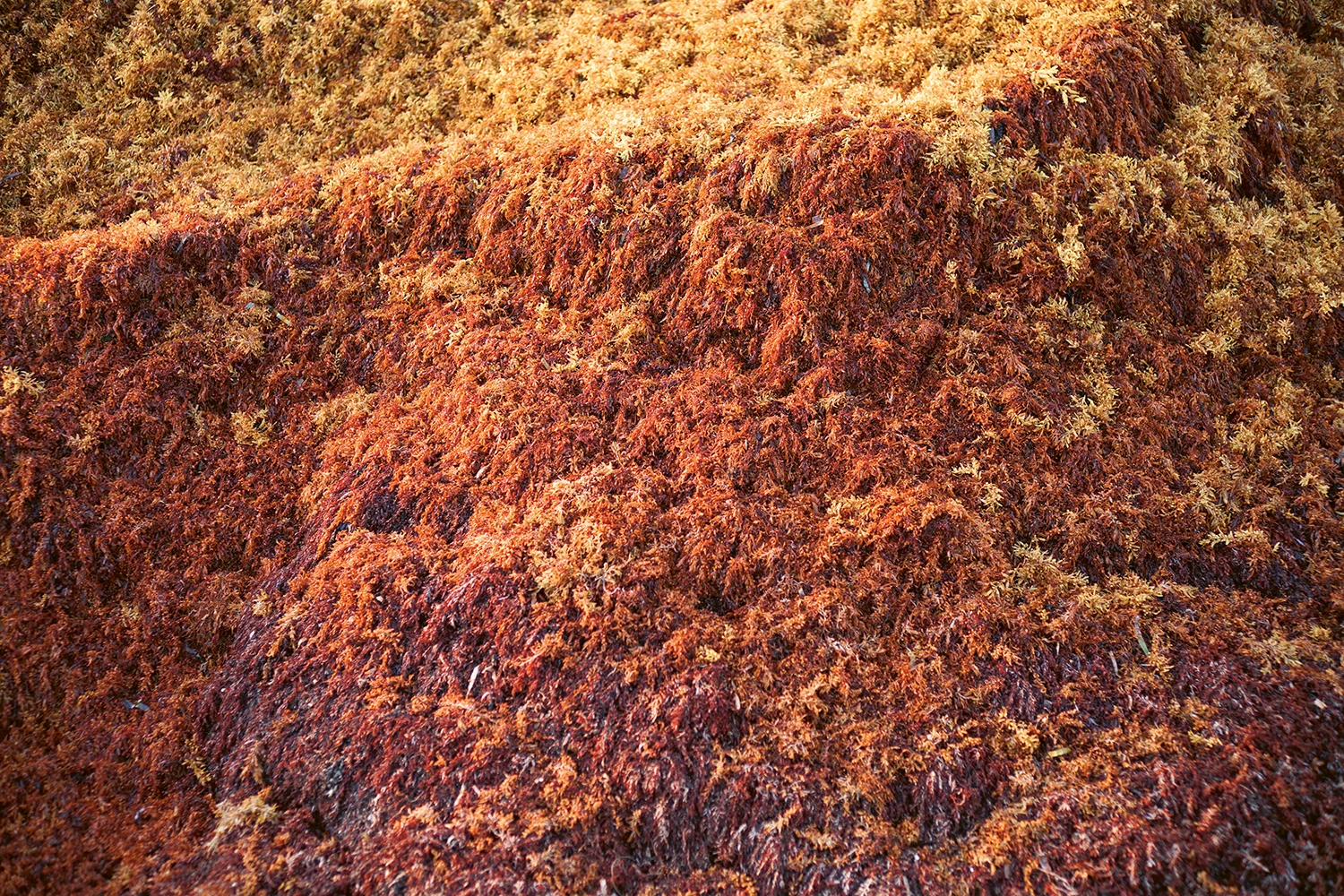
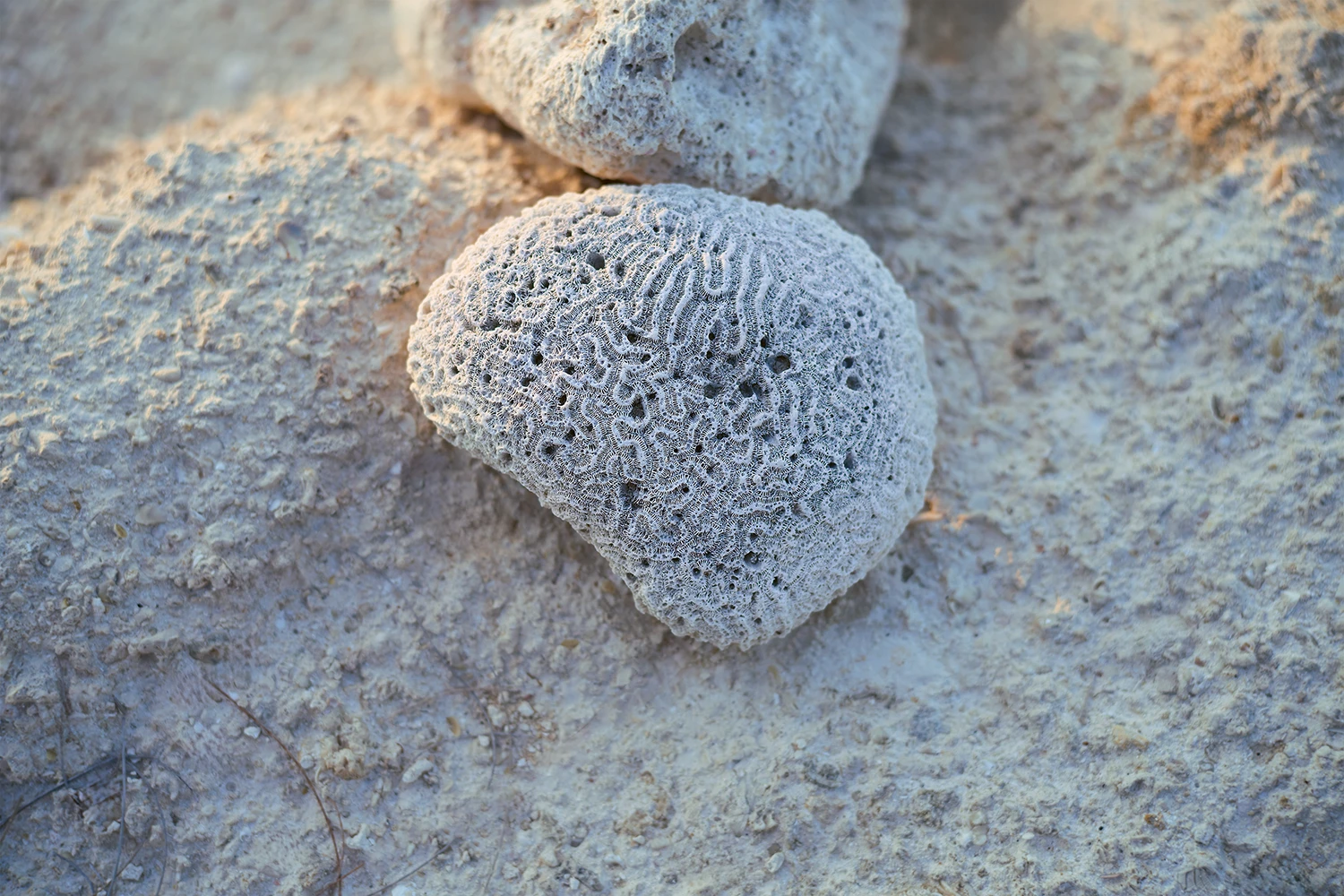
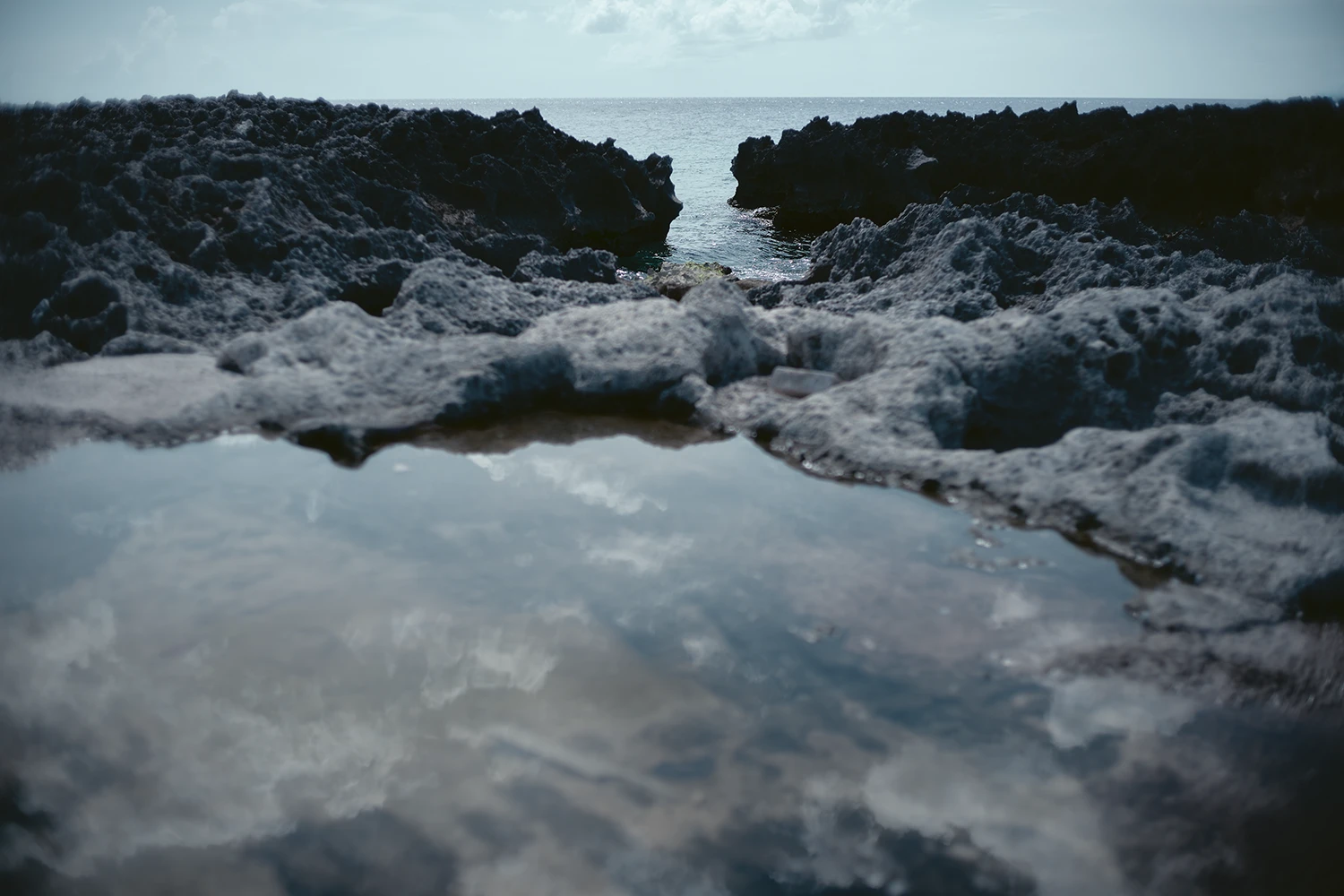
Culture: reclaiming local narratives beneath the aesthetic shadow of offshore wealth
Although the Cayman Islands project an image of tropical leisure, the cultural fabric reflects a mixture of Afro-Caribbean, British and Latin American influences. Some hundred and thirteen nationalities live in the islands; generational Caymanians represent about forty-seven percent of the population, with significant communities from Jamaica, the Philippines, Latin America and beyond. Local cuisine includes cassava cake, escovitch fish and conch fritters, but cultural production extends into the arts: visionary painter Gladwyn Bush’s outsider art, preserved as a museum, speaks of religious, natural and historical memory.
Batabano, a carnival initiated in the Eighties by the Rotary Club, draws together residents from diverse backgrounds and serves as one of the few public celebrations of collective heritage and identity. Meanwhile emerging Caymanian artists—such as John Reno Jackson—explore migration, isolation and identity in multimedia works that position local narratives within global frames. Culture in the Cayman Islands is not static; it is shaped by resistance, survival, and reinterpretation.
Community-led initiatives operate alongside these cultural institutions; grassroots heritage efforts in Bodden Town and independent galleries in George Town challenge the dominant narratives of consumption. In the context of offshore wealth, culture becomes both an archive and a form of subtle resistance—insisting that identity is not merely a backdrop for leisure.
Human diversity: stratified by law and bordered by shoreline, the Caymanian population lives in tiers
Over half of the Islands’ workforce is composed of non-Caymanians, most of whom reside on temporary work permits tied to specific employment. While this framework ensures a rotating labor force for hospitality and finance, it fragments community formation. Many Caymanians now find themselves excluded from housing and educational opportunities due to soaring prices and limited public support.
Expatriates often live in gated communities with private beach access, while Caymanians report restrictions in spaces that were once communal. Meanwhile, climate migration remains a looming issue. With rising seas and increasing environmental threats, the islands’ vulnerability poses existential questions—economic privilege does not shield against geophysical change. The issue of human diversity in the Cayman Islands reflects more than multiculturalism: it highlights a systemic stratification embedded in policy and infrastructure.

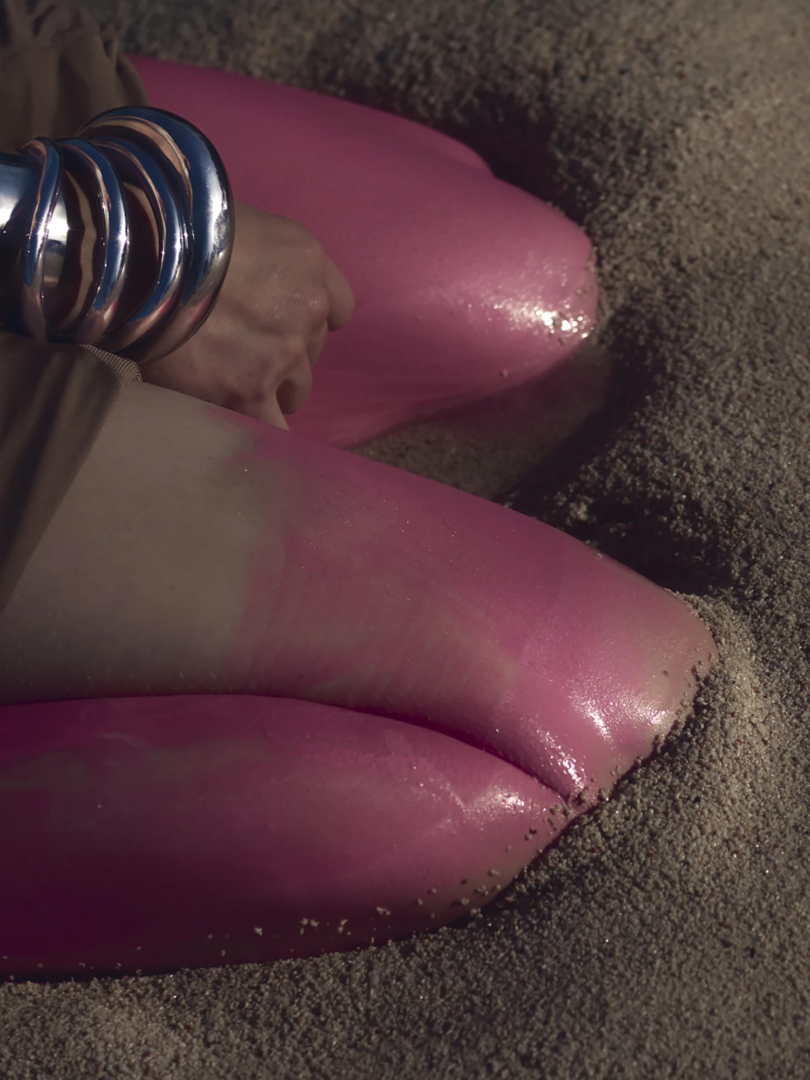

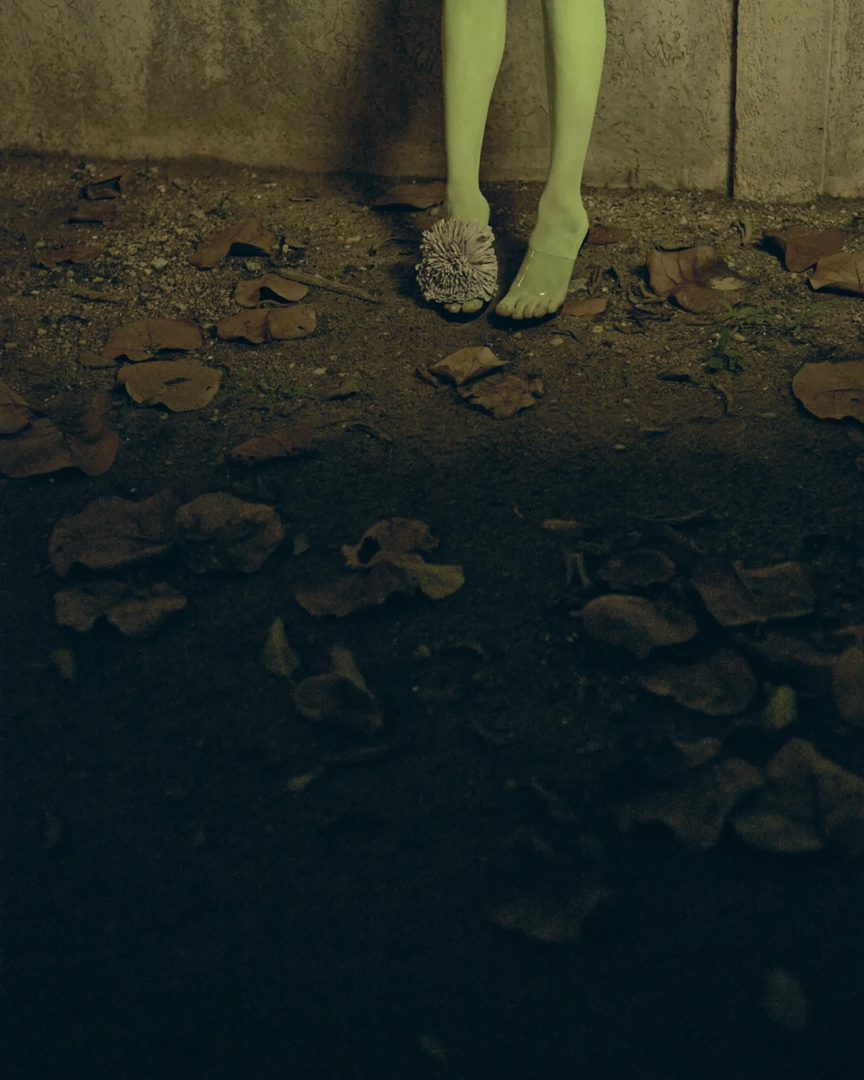
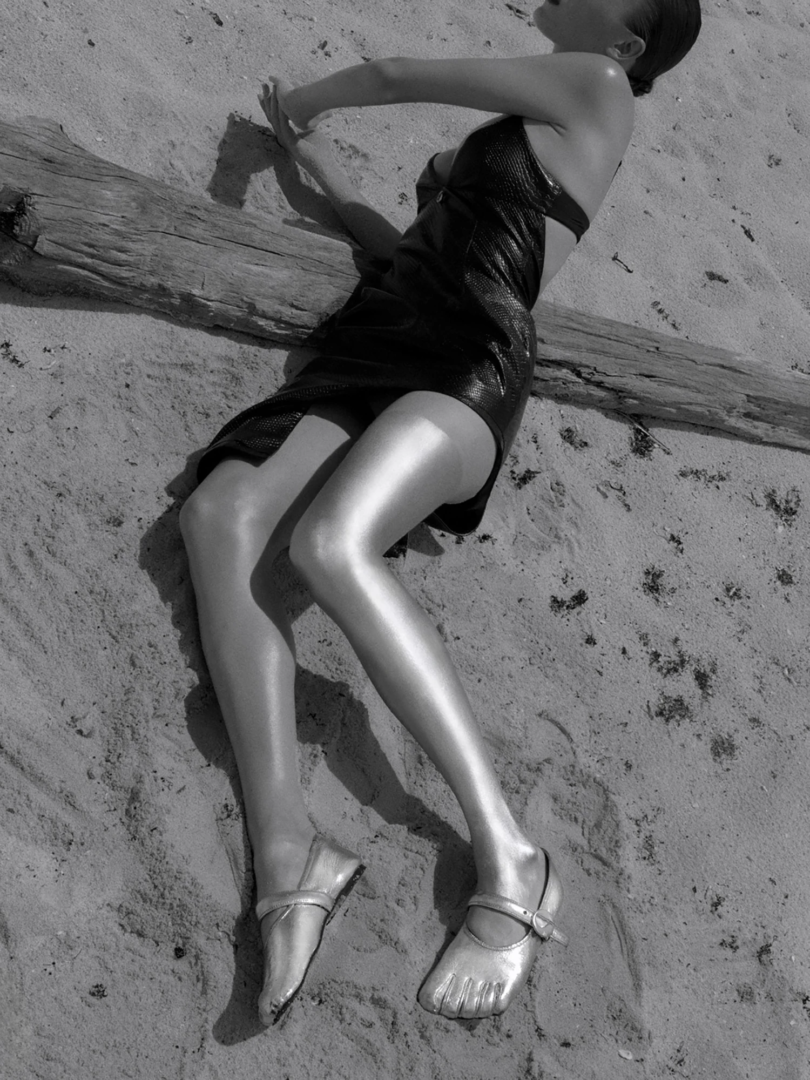
Palm Heights: a Caribbean estate experiments with sustainable hotellerie, wellness and rhythm of place
Palm Heights is a hotel that wants to position itself in the segment of sustainable hotellerie. It integrates environmental responsibility into its architecture, gastronomy, and programming. The attention to sustainability extends beyond structure and into sensibility.
The property’s approach to wellness is not one of isolation, but of integration—rituals that fold into daily life, guided by local knowledge and elemental cycles. The Garden Club, for example, is not a spa in the traditional sense but a stage for physical and sensorial experiences: hammams under the stars, cold plunges framed by clusia hedges, mineral baths carved in travertine.
Equally, the food program avoids performative eco-aesthetics in favor of proximity and intimacy. Ingredients are drawn from regional sources where possible, and menus shift with seasonal availability. Vegan and gluten-free offerings are not marketed as lifestyle trends but included as part of a wider inclusivity ethos. Even the events—beach dinners, listening sessions, and artist talks—are choreographed to emphasize ambient participation over spectacle.
Design masters: between Ettore Sottsass and Mario Bellini, each room becomes an annotated index of form
At Palm Heights design masters are not merely referenced; they form the language through which the space communicates. The hotel’s design philosophy resists coherence in favor of dialogue. Each room becomes a discursive field where styles and time periods interact—where a Pierre Paulin chair might sit beside a Carrara marble desk, or where a Gae Aulenti lamp illuminates a modernist Caribbean woodcut. The goal is not harmony but resonance, and the result is a layered sensorial reading of space.
This attention to design also informs the way bodies move through the hotel. Pathways are carved to feel organic, with views that open gradually and surfaces that invite tactile engagement. From the grain of a side table to the angle of a chaise longue, each element guides the guest’s attention—offering not just comfort but spatial literacy. The architecture suggests a lived archive, where meaning accumulates through experience rather than signage.
To be part of a community: Palm Heights residency as a method of cultural infrastructure, not ornament
Palm Heights aims to create a social architecture—a network of relationships, disciplines and influences that intersect temporally. The logic is less about curating outcomes than enabling encounters: between artist and athlete, guest and host, local and visitor.
Not every residency leads to a visible result, and that seems intentional. In some cases, it’s a sketchbook left behind; in others, it’s a playlist passed between rooms. The point is not permanence, but resonance. The hotel functions as a frame—not a gallery, but a space where creative processes can breathe, observed or not. This allows Palm Heights to operate outside of spectacle, anchoring its identity not in what is shown, but in what is made possible.
The residency structure itself shifts with each iteration. Sometimes it’s anchored in movement—training sessions led by Olympic athletes or morning runs along the beach. Other times, it’s inward: quiet writing residencies, readings in the lounge, impromptu piano recitals under the rotating fans of Bar Bambi. The schedule is porous by design, allowing routines to emerge rather than be imposed.
There’s also an educational undercurrent. Visiting artists often interact with local creatives, through informal talks, studio visits, or shared meals. While not institutionalized as a program, these exchanges contribute to a temporary commons—a space where knowledge circulates horizontally. The hotel becomes a threshold, not a boundary.
Palm Heights
Palm Heights is a fifty-two-suite beachfront property on Grand Cayman’s Seven Mile Beach. Designed as a Caribbean estate, it combines mid-century design references with wellness programming and cultural residencies. The hotel includes a spa, shared kitchens, and curated interiors featuring works by Bellini, Breuer and Sottsass. Its residency program hosts artists, athletes, and writers for temporary, open-ended collaborations. Architecture and hospitality function as a frame for interaction, not display.
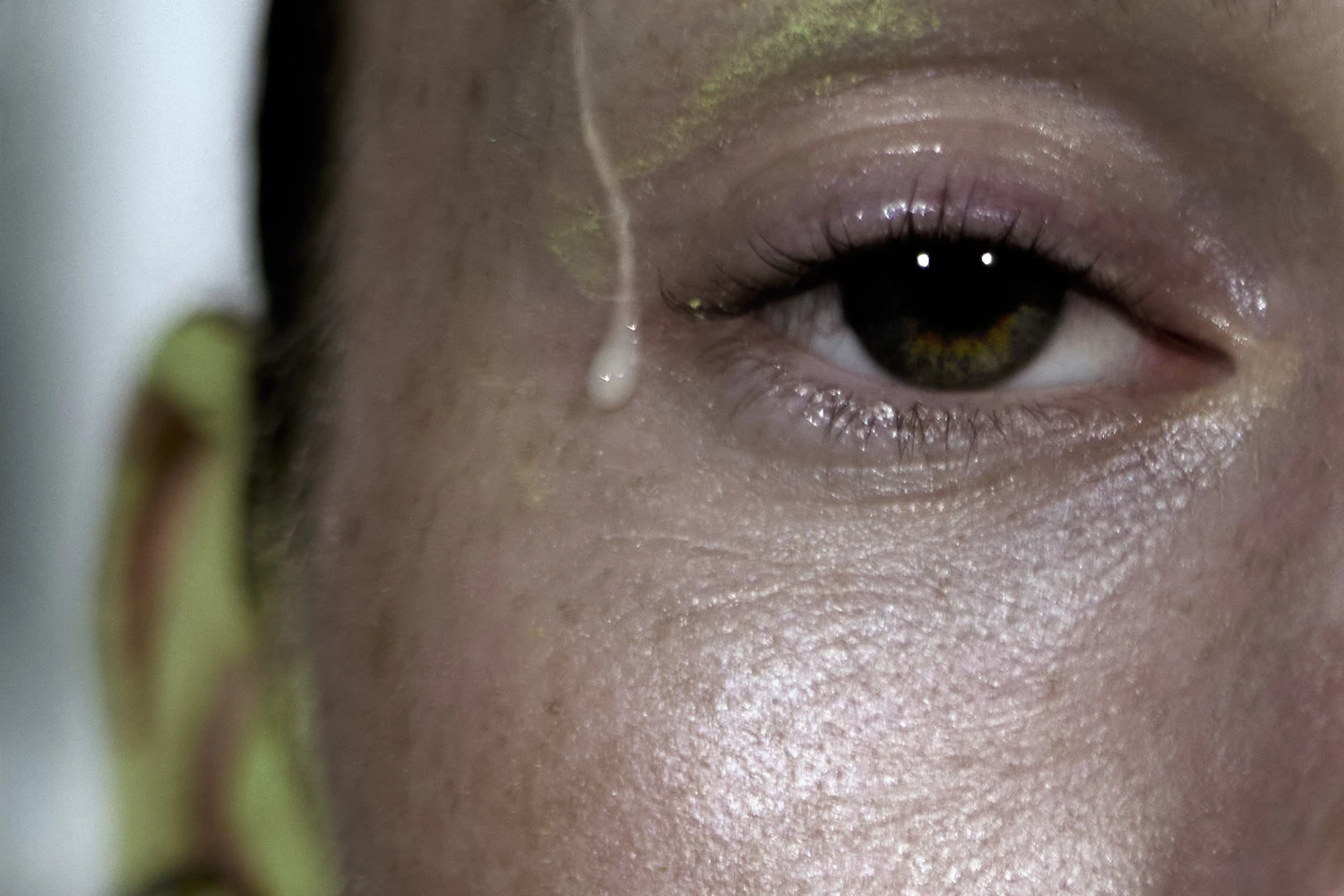

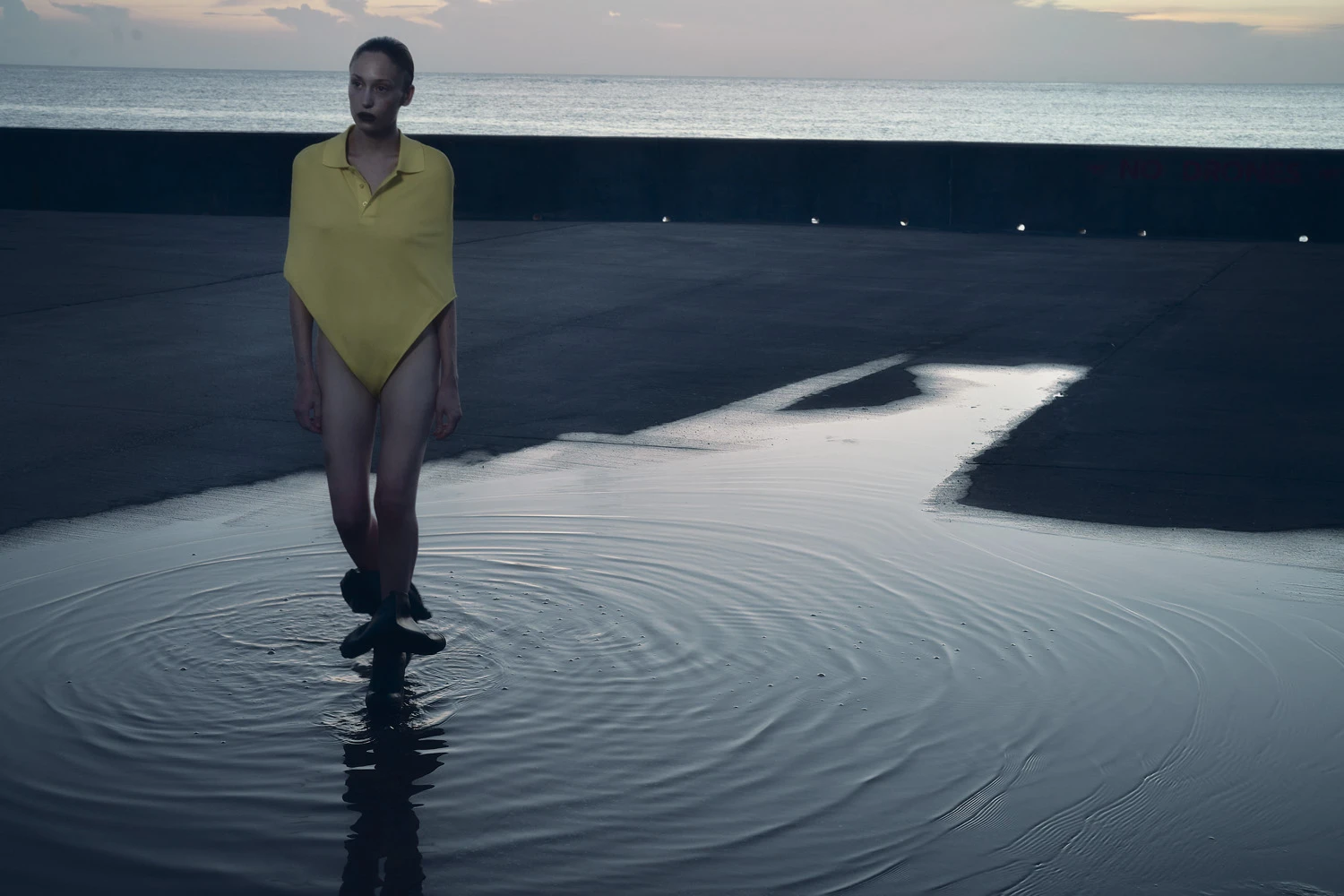
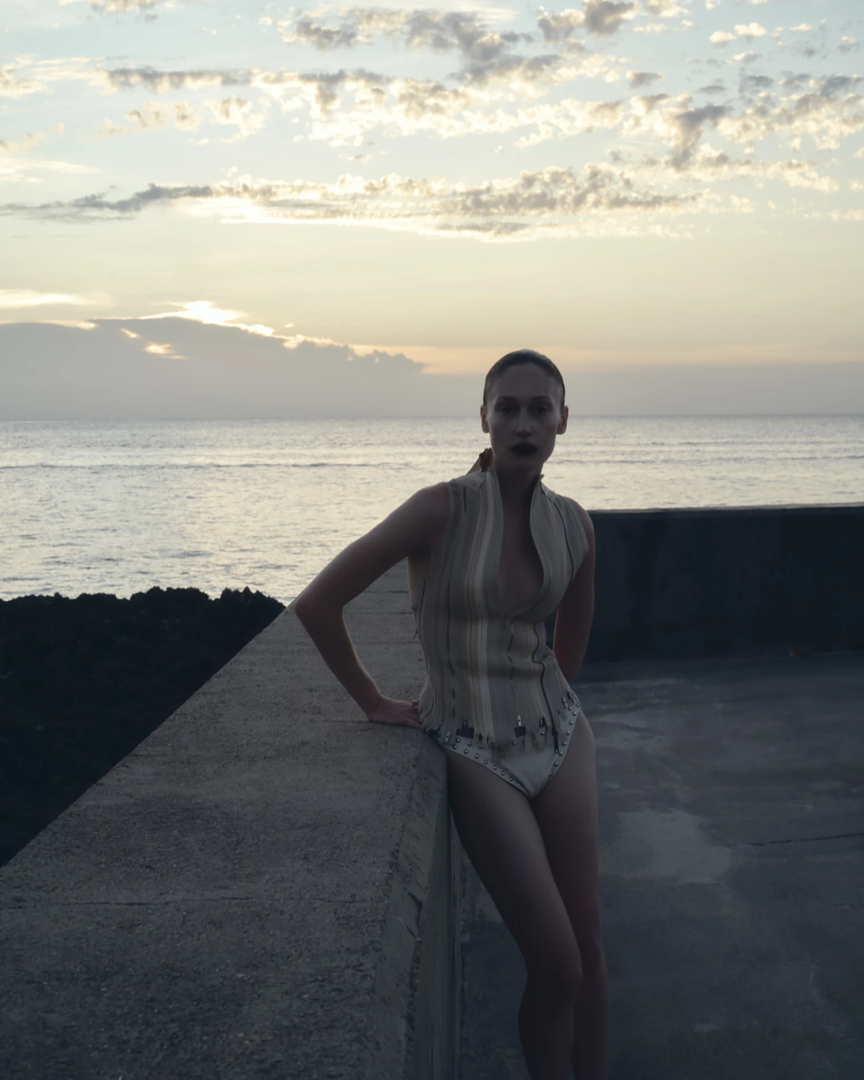
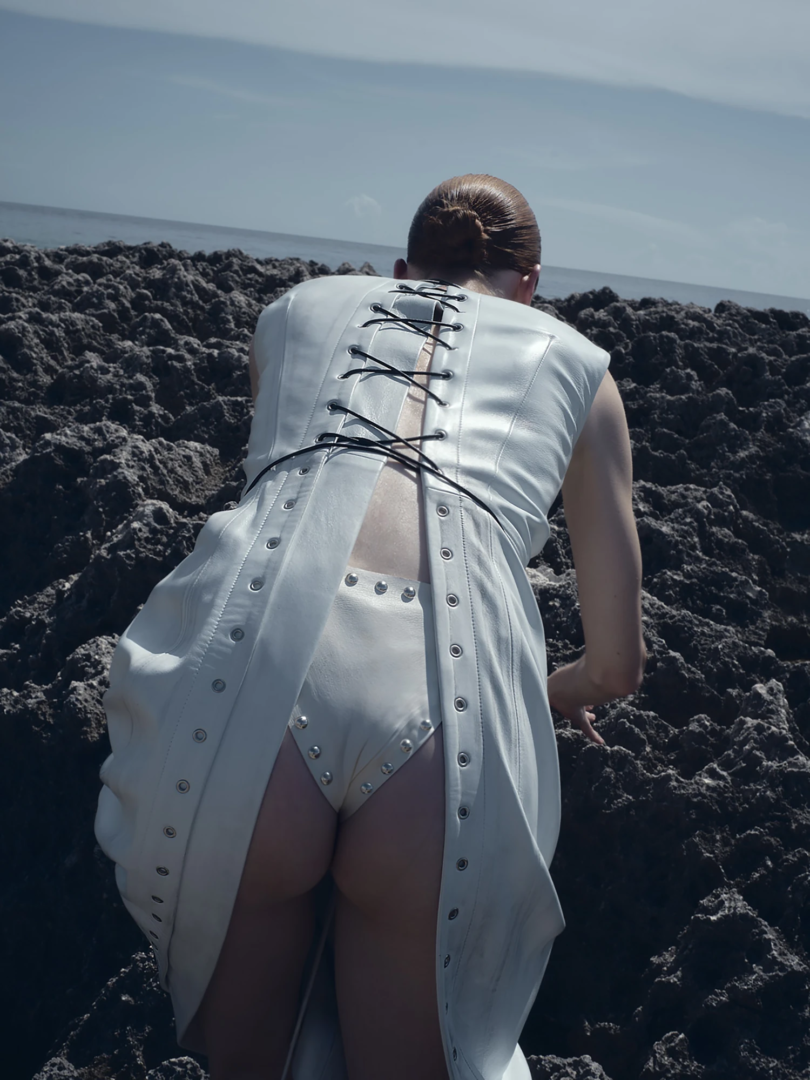
Credits
Photography Timothy Schaumburg
Creative and styling Niki Pauls
Creative, hair and makeup Janina Zais
Talent Hunter Pifer @IMGmodels
Thanks to Palm Heights, Cayman Islands @palmheightsgc and Keshav Anand
Shoot during Carnival at Palm Heights


